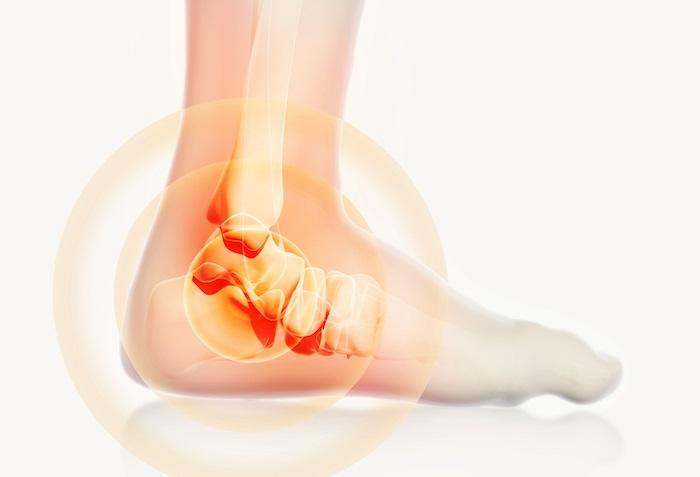Can My Sprained Ankle Heal on Its Own?

Spraining your ankle is a disruptive and painful experience that can keep you from activities like playing sports, going out for a run, or even going for a relaxing stroll. If you recently sprained your ankle, you’re probably wondering what you need to do to be sure it heals well, so you can return to the activities you enjoy quickly.
According to experienced podiatrists Ryan Golub, DPM, and Zachary Flynn, DPM, AACFAS, of Arizona Foot Health in Phoenix, Arizona, sprained ankles require medical treatment and intervention, even if the injury appears minor. This is to be certain your ankle makes a full recovery after the injury.
Understand more about what you need to do to treat your sprained ankle and ensure it fully heals.
About sprained ankles
Sprains occur when you develop tears or other damage in the ligaments in that part of your body. An ankle sprain refers to any damage to the ligaments surrounding your ankle.
Your ankle ligaments are important for reinforcing stability and keeping the tendons and bones in the ankle in place. When you sprain your ankle, it destabilizes, which can make your ankle unsteady and hard to move or bear weight.
You’ll also likely experience pain, redness, swelling, and tenderness immediately after you sprain your ankle. Ankle sprains range in severity and commonly occur during athletic activities or after awkwardly moving your ankle during walking or other daily movements.
Why seek medical care for a sprained ankle?
Ankle sprains don’t involve any broken bones, so it can be easy to think of a sprain as a minor injury you can treat entirely at home. In reality, home care is an important part of a sprained ankle recovery, but relying exclusively on home care can cause your ankle to heal incorrectly, not fully heal, or lengthen your recovery time.
By seeking expert care from our podiatrists, you immediately confirm the issue is a sprain and not a different injury, the severity of the ankle sprain, and the treatment protocol that most fully and efficiently heals your ankle. Following the treatment given to you dramatically reduces your likelihood of experiencing further complications.
Our podiatrists offer the most up-to-date treatment protocols, many of which shorten your recovery time or reduce your pain while your sprain is healing. You’ll also have full access to our skilled team during the healing process, who will be there to answer any questions you have and schedule an immediate appointment if any further complications arise.
How sprained ankles are treated
As soon as you sprain your ankle, you can start caring for your ankle at home as you concurrently make an appointment at Arizona Foot Health. Begin by using the RICE protocol, which stands for resting, icing, compressing, and elevating your ankle.
At your appointment, our podiatrists examine your ankle and determine a treatment course for the severity level of your ankle sprain. Most ankle sprains can be treated without surgery, using a combination of the RICE method, inflammation, pain-reducing medication, physical therapy, a brace or splint, and crutches if your ankle can’t bear weight.
Our providers also might recommend you get Pulse Wave Therapy, an exciting new treatment that helps your ankle heal more quickly by increasing your body’s soft tissue healing abilities. Pulse Wave Therapy is a noninvasive treatment that ultimately saves time and money.
For professional, highly competent, and experienced treatment of your sprained ankle, make an appointment as soon as possible after your injury at Arizona Food Health.
You Might Also Enjoy...
The Achilles Heel
Given Arizona’s climate, patients are able to remain active year round. It’s why we all chose to live here. But…
Alleviating Back Pain and Other Benefits of Custom Orthotics You Didn’t Know About
Would you ever imagine that custom foot orthotics could improve your quality of life? That’s what many people say after…
9 Helpful Tips to Prepare Your Home Before Bunion Surgery
When moderate interventions, such as wearing wider shoes or using pads in your shoes, fail to ease your bunion pain…
When Should You Go to the Doctor for an Ingrown Toenail?
In most cases, you can nurse an ingrown toenail at home with over-the-counter pain medication, topical antibiotic creams, and soaking…
6 Home Exercises to Keep Your Ankles Strong
Ankles that feel wobbly and weak are vulnerable to injury. If you play sports, run, jump, or just walk often,…
Is Surgery My Best Option For Treating Bunions?
You have a bunion and it isn’t pretty, but if your bunion is small enough, or doesn’t hurt, you may…






